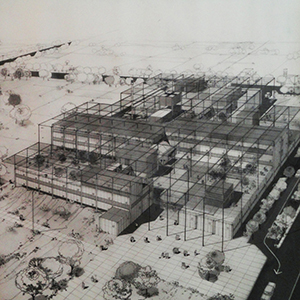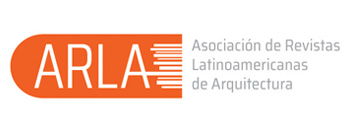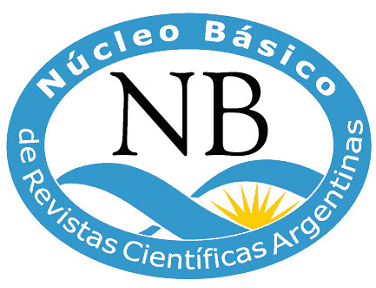Between education and professional practice
An interview with Juan Manuel Llauró about architectural competitions
DOI:
https://doi.org/10.35305/23626097v10i18.405Keywords:
architecture, projects, experimentation, spaceAbstract
Competitions -as particular instruments for managing architectural work- can be understood as a field of competence and research of the architectural project which is part of the production processes of the fields of culture and social life. It is in direct interrelation with the spatial-temporal circumstances in which these processes occur. We can affirm that competitions accompany the history, the present and the future of our discipline, they act as trainers of work teams, stimulate creativity, and promote generational changes. We believe that the regularity of the competition system throughout the process of cultural modernization starting from 1955 (after the overthrow of Juan Domingo Perón Presidency) produced a particular synergy developed within a framework in which the new generations of young architects found a space of rebellion and progress as well as a way of articulating projective theories and practices, teaching and learning, work and power relations. It is in this context that the figure of the architect Juan Manuel Llauró emerged as one of the most emblematic representatives of this era; he knew how to reinterpret the postulates of the Modern Movement from a creative humanist perspective.
Downloads
References
Aliata, F. (2014): Arqueología de la Arquitectura de Sistemas. Revista Registros. Revista de Investigación del centro de Estudios Históricos, Arquitectónicos y Urbanos. 11, 6-19.
Butlow, D. y Bustos, P. (1997): Honorarios de Arquitectos. Buenos Aires, Argentina: Editorial Kliczkowski Publisher.
Liernur, J. F. y Aliata, F. (comps). (2004): Diccionario de Arquitectura en la Argentina. Buenos Aires, Argentina: Ediciones Agea.
Montaner, J. M. (2007): Arquitectura y Crítica. Barcelona, España: Editorial GG.

Published
How to Cite
Issue
Section
License
Open access policy
A&P Continuidad is a non-profit and open access publication. According to Mexico Declaration on Cultural Policies, the journal distribution is submitted to Creative Commons Attribution-Noncommercial-ShareAlike 4.0 International Public License (CC BY-NC-SA). “Neither the commercial use of the original work nor that of the possible derivative works are allowed. The distribution of derivative works should be submitted to the license regulating the original work. This license is not free.”
A&P Continuidad authorizes the partial or full reproduction of texts and graphs provided that the source is cited. Authors are exclusively responsible for the criteria expressed in the articles which do not necessarily reflect the opinion of the Editorial Committee or that of the Direction Board. The copyright of the published articles pertains to their authors or publishers.
Transfer of rights
The acceptance of an article to be published implies the author’s transfer of rights to the journal. Authors continue to have the right to use the material in future books or publications, approve or veto the republication of their works as well as the rights related to patents or other rights. Transfer of rights form may be downloaded here.























 This OJS site and its metadata are under a
This OJS site and its metadata are under a 

